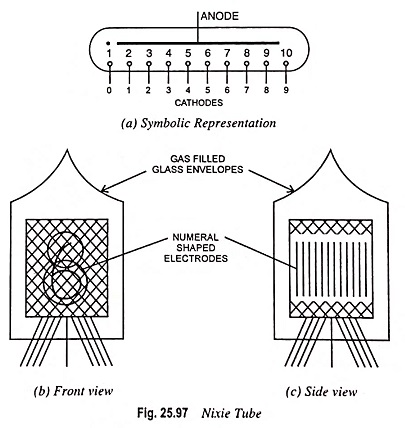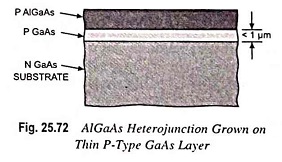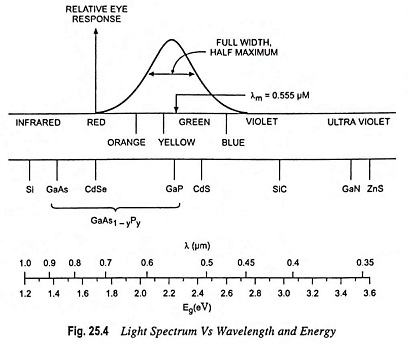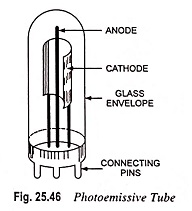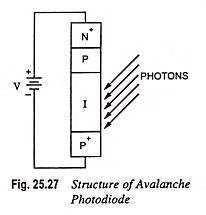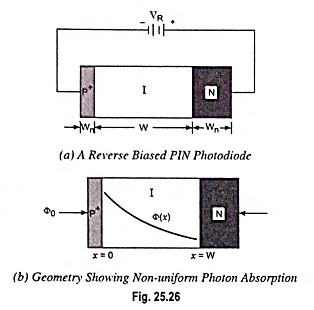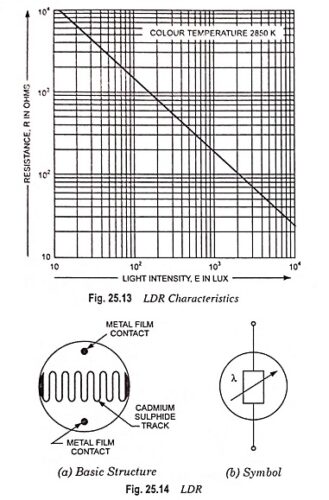Visual Display Units (VDUs)
Visual Display Units (VDUs): Large arrays of characters can be built up using alphanumeric devices, already discussed, but the number of connections and the complexity of the drive-logic circuitry increase significantly, although large-scale integrated (LSI)…
